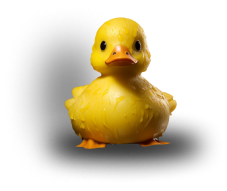

Artificial intelligence (AI) is becoming increasingly important, it creates images of people that look so real that distinguishing them from the real ones becomes a big challenge. A recent study published in the New York Times demonstrates how people often get it wrong when trying to distinguish between real faces and those created by AI, especially when it comes to the faces of white people.
Technological advances in AI: Tools like Dall-E and Midjourney use advanced AI algorithms to create images that are hard to tell apart from real people. These technologies open new possibilities in graphic design, advertising and entertainment.
Hyperrealism Phenomenon: A study shows that AI-generated faces of white people are often perceived as more realistic than real photos. This raises the question of the impact of AI on the perception of reality.
Bias in training data: Most AI training data consists of images of white people, which leads to more realistic white faces and raises several questions.
Challenges in discrimination: Study participants often mistakenly mistook real faces for artificially created ones, highlighting the difficulty of the task and the potential risks to society.
The idea that AI-generated faces could be considered more realistic than real people has surprised experts like Dr. Dowell.
For years, artificial intelligence systems have been able to create realistic faces; they tried to create ears that looked like mirror images of each other and eyes that looked in the same direction. However, as the systems improved, the tools became better at creating faces.
According to the researchers, the hyperrealistic faces used in the study were less expressive and closer to average proportions, which did not arouse suspicion in the participants. When participants looked at photos of real people, they also noted features that deviated from average proportions, such as misshapen ears and larger-than-average noses, which they believed were signs that AI was involved.
The images in the study came from StyleGAN2, an image model trained on a publicly available stock of photos that contain 69 percent white faces.
Study participants said they relied on several characteristics to make decisions, including facial proportions, skin appearance, wrinkles and facial features such as eyes.

